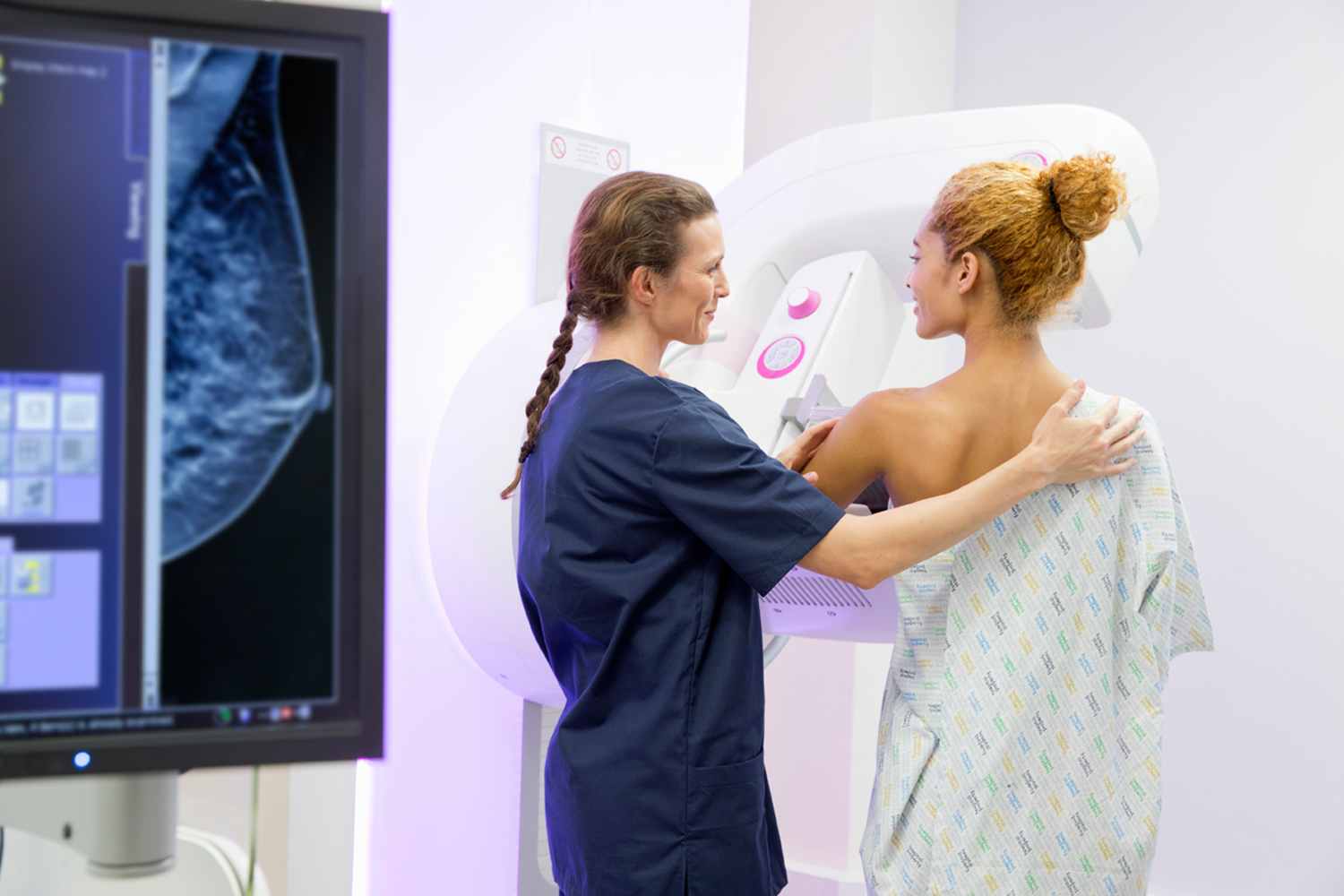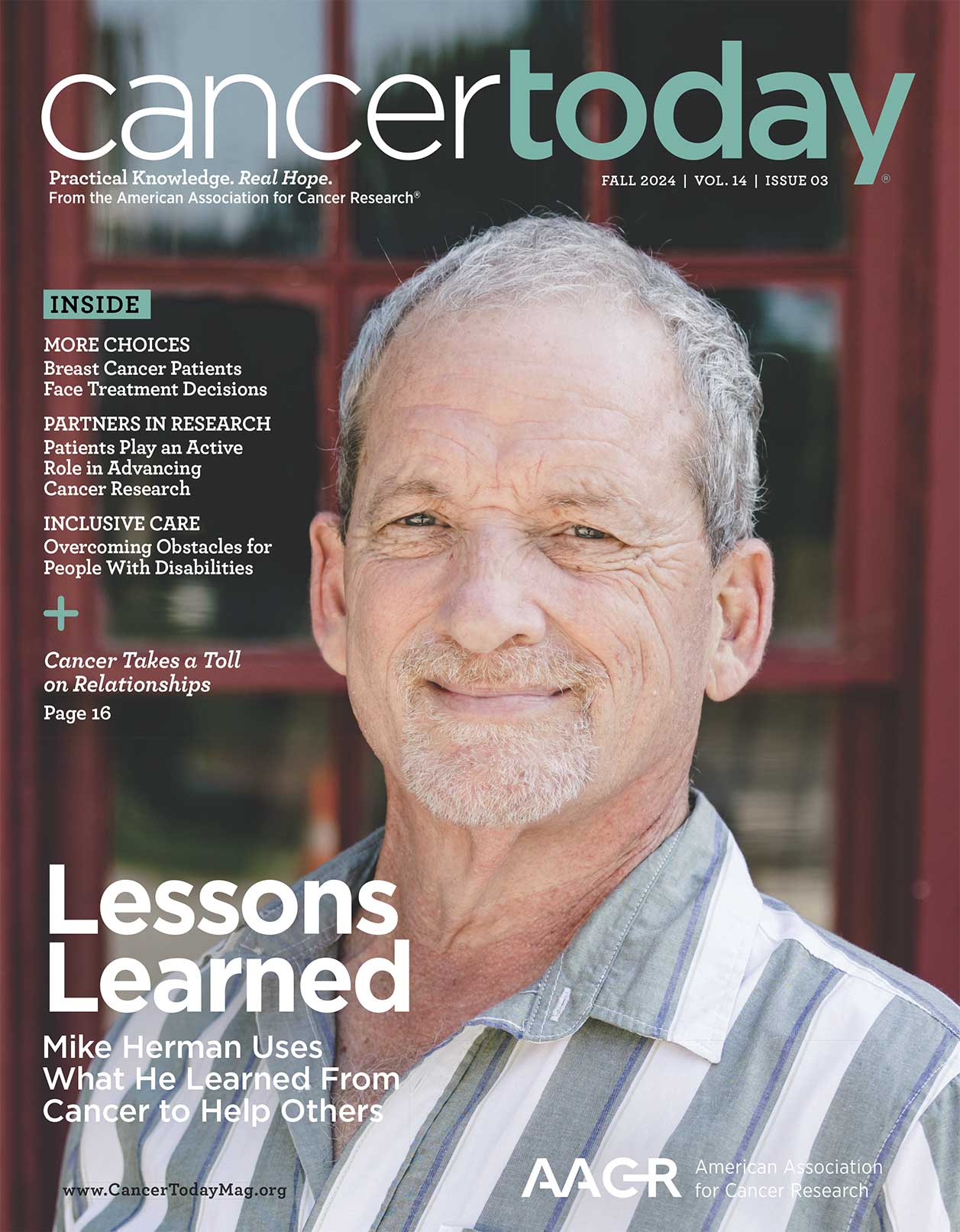MAJOR SCIENTIFIC ORGANIZATIONS encourage screening mammography to save lives by finding breast cancers early, when they are easier to treat. But when should women start getting regular mammograms?
U.S. screening guidelines use age-based recommendations, with the starting age varying by organization. The American Cancer Society (ACS), for example, calls for women to get annual mammograms starting at age 45. Until recently, the U.S. Preventive Services Task Force (USPSTF) recommended mammograms start at age 50, but it made headlines in May 2023 with new draft recommendations that lowered the starting screening age to 40, at an every-other-year interval.
But not everyone has the same breast cancer risk. In the draft recommendations, the USPSTF specifically mentioned the elevated risks that Black women face from breast cancer, including being more likely to be diagnosed at later stages of the disease and more likely to be diagnosed with more aggressive forms of breast cancer.
Mahdi Fallah thinks the new USPSTF recommendation doesn’t go far enough in refining its guidance. Fallah, an epidemiologist at the German Cancer Research Center in Heidelberg, Germany, is the senior author of a new study, published April 19, 2023, in JAMA Network Open, that found ongoing disparities in breast cancer mortality could be better addressed by incorporating race and ethnicity in recommended screening ages.
“Any one-size-fits-all recommendation to start screening all women at a certain age, regardless of race and ethnicity, may result in widening or perpetuating this disparity,” says Fallah.
Vivian Bea, a breast surgeon at NewYork-Presbyterian Brooklyn Methodist Hospital who studies breast cancer disparities, thinks that recommendations such as those in Fallah’s research are a step in the right direction. “This study is important and highlights the need for personalized medicine where we move away from the notion that what works for one group will work for another,” she says. “To address breast health disparities, we must move toward more equitable screening recommendations.”
In the study, Fallah and colleagues looked at U.S. breast cancer death statistics between 2011 and 2020 and compared when people in different populations faced the same breast cancer death risk that would be expected at the recommended screening age. They found that the 10-year cumulative risk for breast cancer death for all women in the U.S. at age 50 was 0.329%, or about 3 deaths for every 1,000 women in the next 10 years. While white women reached this threshold at age 51, Black women reached it at age 42. American Indian or Alaska Native and Hispanic women reached the threshold at age 57. Asian or Pacific Islander women reached the threshold latest of all, at age 61, or nearly two decades later than Black women.
The authors suggested that health policy makers consider race-based screening guidelines for all people at average risk of breast cancer. “Under the current approach, Black women who need earlier screening than others receive it late and Asian women who need it less will receive it unnecessarily early, leading to a higher likelihood of harms from screening, such as overdiagnosis and overtreatment with known physical, emotional and financial burdens,” Fallah says.
Fallah says the findings hold true whether guidelines recommend that screening start at age 40 or 45. In other words, using the baseline risk for the general population at age 40, in line with the new USPSTF recommendations, Black women should start screening at 34. Using the ACS recommendation to start at 45, Black women should get their first screening at age 38, Fallah says.
But Bea, who was not involved in the study, thinks race-based recommendations are too confusing to work for the general public. “I agree that screening recommendations should reflect the mortality that we see in various populations,” she says. “But our goal should ultimately be truly personalized recommendations for individual patients based on their personal risk.”
Cancer Today magazine is free to cancer patients, survivors and caregivers who live in the U.S. Subscribe here to receive four issues per year.





